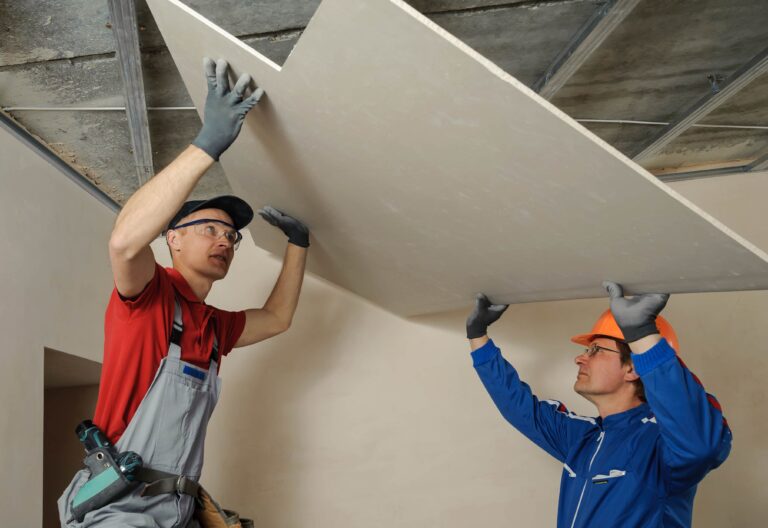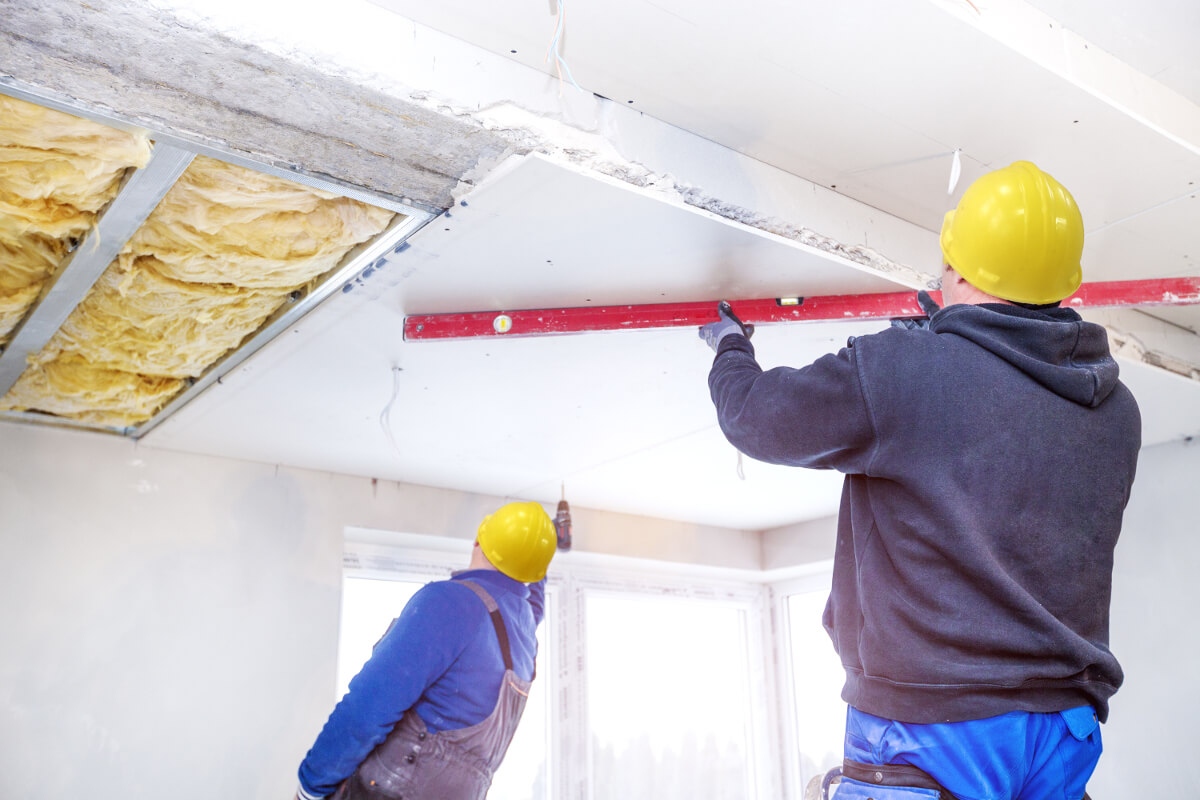Specialist Sheetrock Repair Fort Worth for Quick Fixes
Specialist Sheetrock Repair Fort Worth for Quick Fixes
Blog Article
Drywall Installation Made Easy: Tips for Perfect Outcomes
Drywall setup is usually perceived as a daunting task, yet with the appropriate strategy and knowledge, it can come to be a convenient venture. Choosing high quality products and preparing the installment area are important initial actions that set the structure for success. Understanding techniques for reducing, hanging, and completing drywall can considerably influence the outcome. As we explore these necessary pointers, you might discover that even the tiniest changes in your method can lead to remarkably enhanced results, leaving you to take into consideration exactly how these methods can change your next project.
Choosing the Right Materials
Choosing the suitable materials for drywall installation is essential to achieving a durable and visually pleasing surface. drywall fort worth. The main component, drywall sheets, generally can be found in various thicknesses, with 1/2-inch sheets being conventional for indoor wall surfaces. For areas needing extra moisture resistance, such as kitchens or restrooms, consider making use of environment-friendly board or concrete board, which are particularly designed to hold up against moisture

Furthermore, selecting the right fasteners-- either nails or screws-- is vital for safeguarding the drywall to the framework. Drywall screws are usually favored for their holding power and lowered danger of standing out. Consider the finishing touches such as guide and paint, which not just improve the appearance but additionally safeguard the drywall from wetness and wear.
Preparing the Setup Area
Before beginning the drywall setup procedure, it is necessary to prepare the installment area thoroughly. This prep work entails several vital steps to ensure a effective and smooth job. Clear the location of any furnishings, devices, or obstructions that could impede gain access to. A tidy work space reduces the danger of damages to existing items and enables for effective activity during installation.
Following, evaluate the wall surfaces and ceiling for any type of imperfections, such as fractures, holes, or mold. Address these issues beforehand; spot any type of damages and enable sufficient time for fixings to dry. In addition, make sure that electric outlets, switches, and pipes are properly placed and made up, as this will certainly influence drywall placement.
Take into consideration the environmental problems as well. A steady temperature level and moisture degree are important for optimum adhesion and efficiency of the drywall materials. Use a dehumidifier or heating system to create appropriate problems. if essential.
Trimming and Hanging Drywall
The trick to efficient drywall installment exists in the accurate cutting and dangling of the panels. Begin by gauging the area precisely, considering any type of blockages such as electric outlets or windows. Use a straight side and an energy blade to rack up the drywall along your dimensions, after that break it along the you could try here scored line for a clean break. For even more complex cuts, such as around electrical outlets, a drywall saw can be used for accuracy.

Always function from the top down and left to right, guaranteeing that you keep a staggered pattern to boost stability. Properly hanging the drywall sets the foundation for a smooth surface, inevitably resulting in exceptional cause your drywall task.
Insulation and Mudding Strategies
While appropriate cutting and dangling of drywall establishes the phase, the next important action includes mastering taping and mudding strategies to make sure a seamless coating. Taping is essential for reinforcing joints and protecting against fractures; it includes installing tape right into the applied joint compound (mud) Begin with a high quality fiberglass or paper tape, using the tape over the joint and pressing it into the damp mud making use of a taping knife, making sure no air bubbles stay.
As soon as the tape remains in location, use a slim layer of joint substance over the tape, feathering the edges to create a smooth shift to the drywall surface area. Permit this layer to completely dry moved here completely before sanding it lightly to get rid of flaws. Repeat this process, using extra layers of mud as necessary-- generally a couple of layers-- while progressively broadening the application location with each layer to accomplish a smooth look.
After the last coat dries, sand the surface area with a fine-grit sandpaper up until smooth. drywall installation. Bear in mind to wear a mask throughout fining sand to stay clear of breathing in dust bits. Understanding these taping and mudding methods is essential for accomplishing a professional-quality coating in your drywall setup
Ending Up Touches for Excellence
Attaining a perfect drywall installment exceeds taping and mudding; it finishes in the finishing touches that boost the overall look. These last actions are important in ensuring a professional-grade coating that boosts the aesthetics of your space.
Begin by fining sand the dried out joint substance to produce a smooth surface. drywall installation. After sanding, wipe down the walls with a wet towel to remove any kind of dust particles, making sure a tidy surface area for painting.
Next, apply a guide specifically designed for drywall. This step is crucial, as it helps seal the joint compound and offers a consistent base for the topcoat. When the primer dries, examine for any type of blemishes, and touch up as required.
Final Thought
In verdict, successful drywall setup rests on the careful selection of materials, thorough prep work of the installment area, and precise execution of cutting and hanging methods. Proficiency of taping and mudding processes is crucial for attaining a smooth surface. Additionally, focus to ending up touches, including priming and touch-ups, makes sure a try here professional-grade outcome. By adhering to these standards, the top quality of handiwork can be significantly improved, contributing to the total visual and performance of the space.
Drywall installation is frequently regarded as a difficult job, yet with the right method and knowledge, it can come to be a manageable undertaking.Choosing the suitable materials for drywall installment is vital to achieving a resilient and cosmetically pleasing finish.Prior to beginning the drywall installation procedure, it is essential to prepare the installment area extensively. Mastering these taping and mudding techniques is crucial for achieving a professional-quality coating in your drywall setup.
In verdict, successful drywall setup hinges on the cautious choice of materials, comprehensive preparation of the setup area, and precise implementation of reducing and hanging strategies.
Report this page